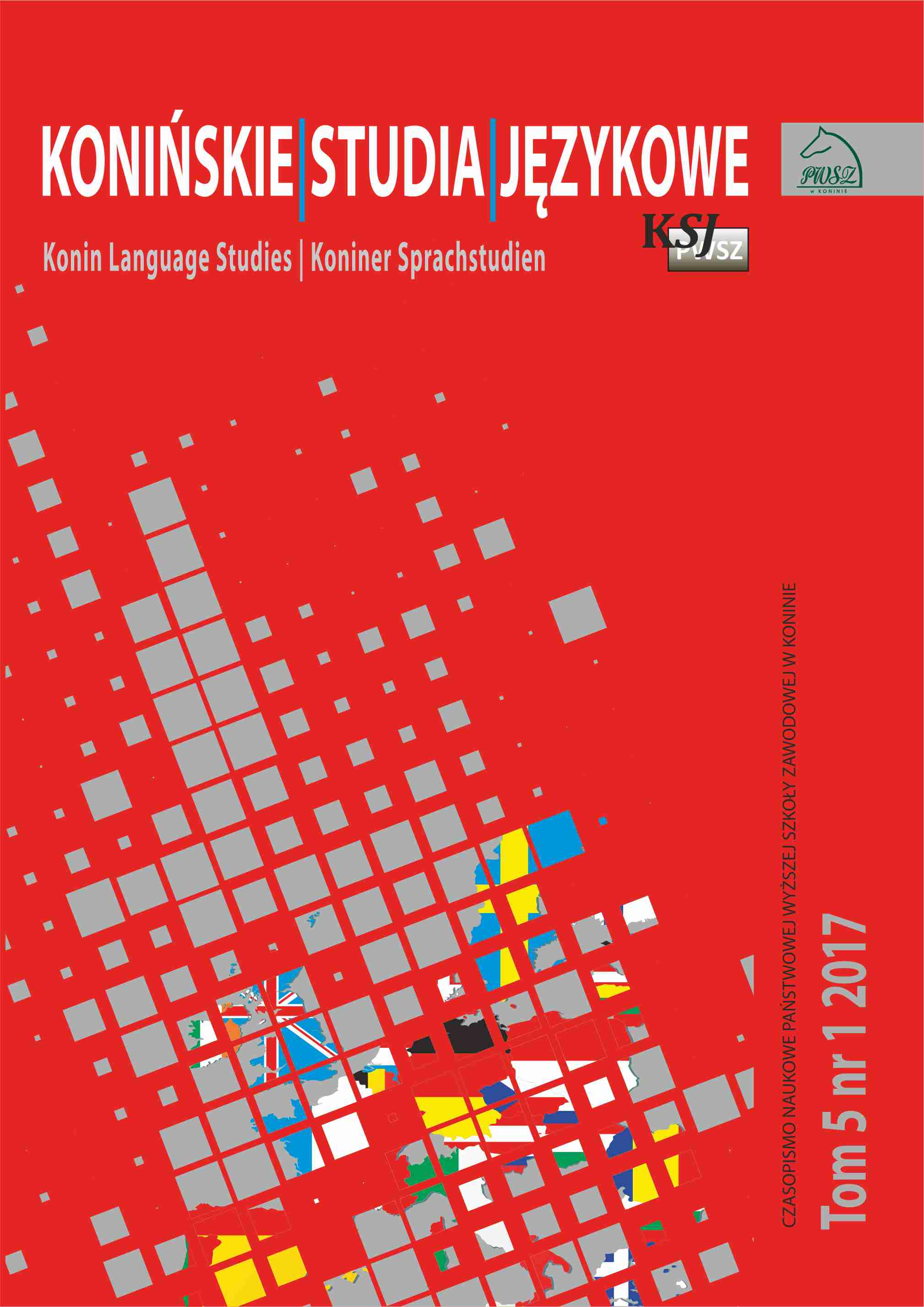Towards a distribution-based corpus analysis of transfer-susceptible NP modifiers. A case of Polish advanced users of L2 English
Towards a distribution-based corpus analysis of transfer-susceptible NP modifiers. A case of Polish advanced users of L2 English
Author(s): Marcin Opacki, Romuald Gozdawa-GołębiowskiSubject(s): Foreign languages learning
Published by: Akademia Nauk Stosowanych w Koninie
Keywords: corpus linguistics; second language acquisition; second language teaching; second language learning; pedagogy
Summary/Abstract: The present study investigates selected transfer-susceptible constructions, comparing their distribution in the written output of Polish B2 and C1 learners of English against a corpus of examination essays from non-Polish users of L2 English and a parallel corpus of native English essays. Four functional morphemes have been chosen for analysis: the possessive ‘s, the genitive of, and two English articles, the indefinite a and the definite the. Our data consisted of a corpus of student writing (N = 690, of which N = 150 B2 were Polish learners of English, N = 224 C1 non-Polish learners of English, and N = 192 Polish C1 students, mean age = 20, SD = 4), supplemented by an NS reference group (N = 32). The analysis afforded significant variation among conditions, F(6,2292) = 109.01, p< 0.05. Post-hoc analysis showed that the mean score of the B2, L1-Polish group (M = 5.58, SD = 4.11) was significantly lower than that of the C1-Polish group (M = 12.55, SD = 8.79). However, no significant difference was observed between the C1 groups, with the C1-L1 non-Polish group (M = 12.24, SD = 8.95) having a similar score to its Polish counterpart. The frequency of all studied morphemes can be correlated with learner level, while any effect of L1 background remains negligible. This finding marginalizes the influence of transfer on the distribution of grammatical morphemes in monitored L2 outputs and points to developmental sources1 of morphosyntactic and lexical errors, perhaps along the lines of Collins at al. (2009).
Journal: Konińskie Studia Językowe
- Issue Year: 5/2017
- Issue No: 1
- Page Range: 9-35
- Page Count: 27
- Language: English

